
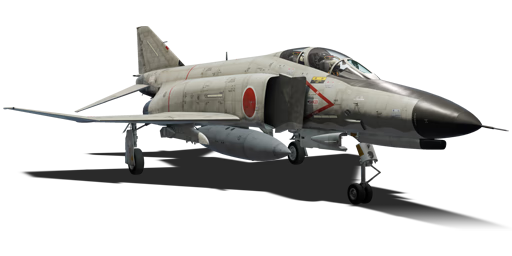


The F-4EJ was a version of the Phantom II, a versatile fighter jet designed by McDonnell Douglas in the late 1950s. Japan bought 140 F-4EJs in 1968, based on the F-4E model used by the U.S. Air Force, but with some changes such as the removal of aerial refueling and ground attack capabilities. Mitsubishi Heavy Industries also built 138 F-4EJs under license. The F-4EJ served as Japan's main air defense fighter for many years, until it was gradually replaced by the Mitsubishi F-2 and the F-35A Joint Strike Fighter. Japan also operated a reconnaissance version of the F-4EJ, the RF-4EJ, which had no weapons and carried cameras and sensors. The RF-4EJ retired in March 2020, followed by the last F-4EJ in December 2020, marking the end of an era for Japan's "Phantastic Phantoms".
It was introduced in Update 1.97 "Viking Fury". The F-4EJ Phantom II is a versatile jet that can attack ground and air targets with bombs, rockets, missiles, and cannons. It can also mount three extra gun pods for more firepower, but this reduces its speed and agility. The plane has decent missiles and a frontal cannon that can take down enemy aircraft with ease. Due to its lack of Agile Eagle upgrades, F-4EJ is not as manoeuvrable as the F-4E, F-4F Early, and F-4F. It should avoid turn fights with lighter jets, instead relying on its generous armament and speed to make hit and run attacks.
flaps
flaps
flaps
brake
| Belt | Belt filling | Armor penetration (mm) at a distance: | |||||
|---|---|---|---|---|---|---|---|
| 10 m | 100 m | 500 m | 1000 m | 1500 m | 2000 m | ||
| API-T/HEF-I/HEF-I/AP-I/HEF-I/HEF-I | 40 | 36 | 22 | 12 | 6 | 3 | |
| API-T/HEF-I/HEF-I/HEF-I/HEF-I | 40 | 36 | 22 | 12 | 6 | 3 | |
| API-T/AP-I/HEF-I/AP-I/AP-I/HEF-I | 40 | 36 | 22 | 12 | 6 | 3 | |
| AP-I/AP-I/HEF-I | 40 | 36 | 22 | 12 | 6 | 3 | |
| Name | Weight | Slot | ||||||||||
|---|---|---|---|---|---|---|---|---|---|---|---|---|
| 57 × | 688.9 kg | 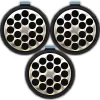 |  |  |  |  | ||||||
| 12 × | 840.8 kg |  |  |  |  |  | ||||||
| 6 × | 1,445.4 kg |  |  |  | ||||||||
| 6 × | 1,524 kg | 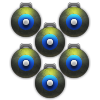 |  |  | ||||||||
| 3 × | 1,087.3 kg | 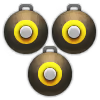 |  |  |  | |||||||
| 615.2 kg | 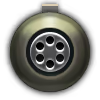 |  |  | |||||||||
| 3 × | 722.7 kg | 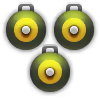 |  | |||||||||
| 3 × | 762 kg | 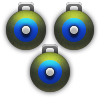 |  | |||||||||
| 76.4 kg |  |  | ||||||||||
| 2 × | 152.9 kg | 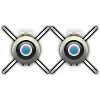 |  | |||||||||
| 2 × | 153.9 kg | 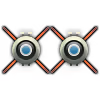 |  | |||||||||
| 182.3 kg | 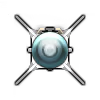 |  |  |  | ||||||||
| 205 kg | 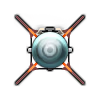 |  |  |  | ||||||||
| 5 × | 1,812.1 kg | 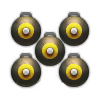 | ||||||||||
| Drop tank (600 gal.) | 137.9 kg |  | ||||||||||












Flight performance |
|---|
Survivability |
|---|
Weaponry | |||
|---|---|---|---|